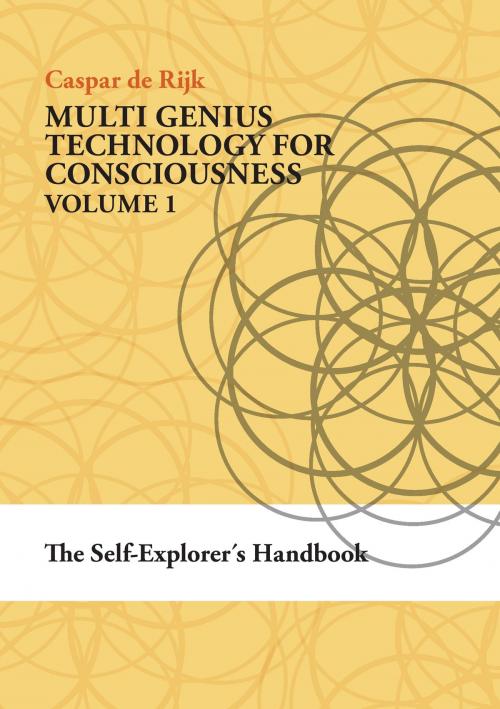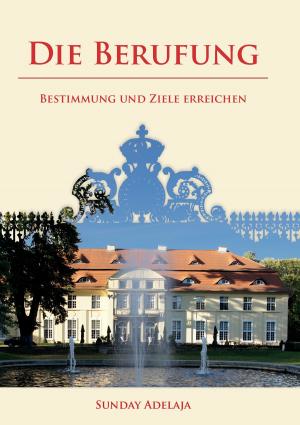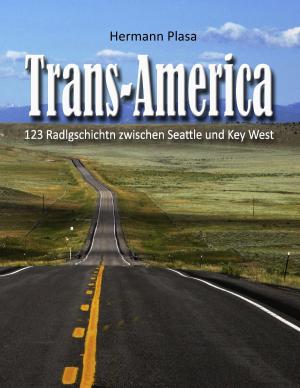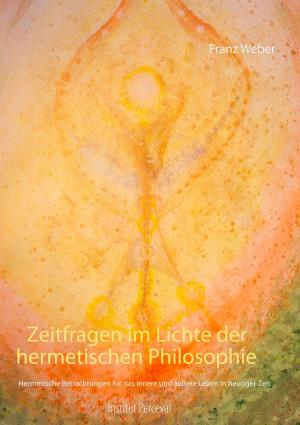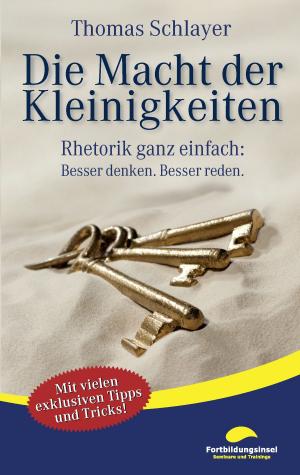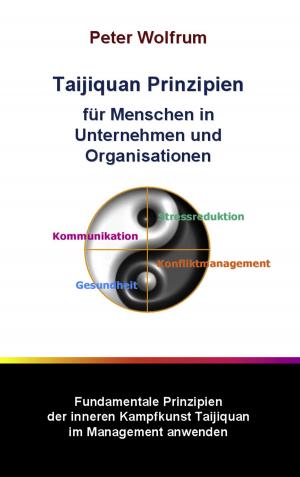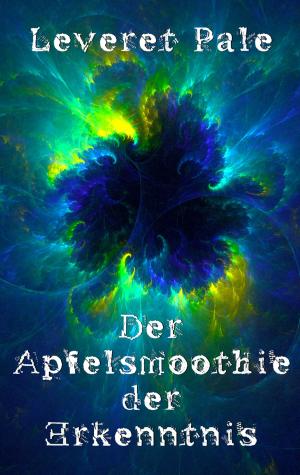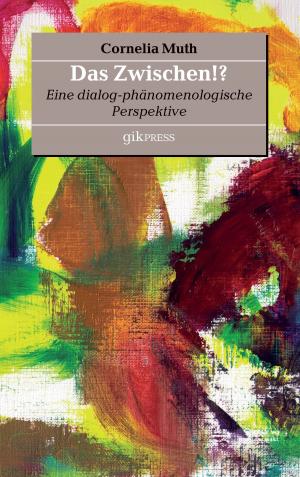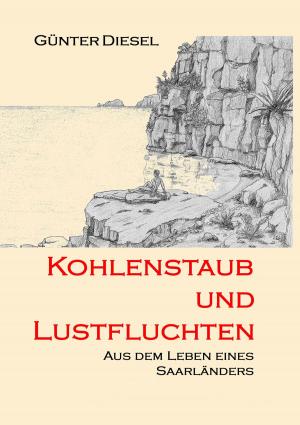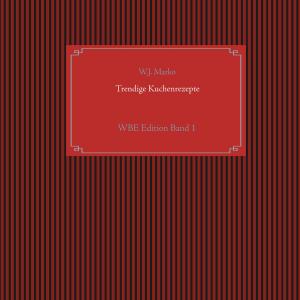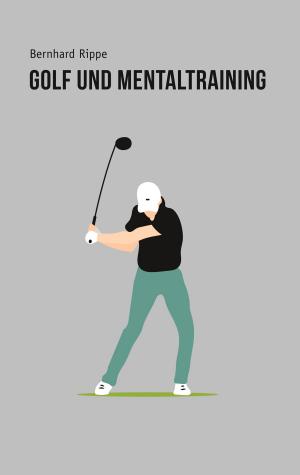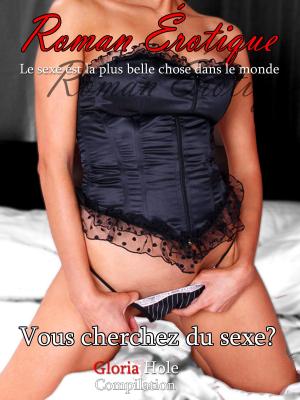| Author: | Caspar de Rijk | ISBN: | 9783739286006 |
| Publisher: | Books on Demand | Publication: | January 5, 2016 |
| Imprint: | Language: | English |
| Author: | Caspar de Rijk |
| ISBN: | 9783739286006 |
| Publisher: | Books on Demand |
| Publication: | January 5, 2016 |
| Imprint: | |
| Language: | English |
This book offers a new and simplified approach to explore the mind with the imagination. The book is Volume 1 of a planned series with the title ‘Multi Genius Technology for Consciousness’. The main thesis is that by use of the imagination any and all limiting mental conditions can be resolved and consciousness itself can be infinitely expanded. The book opens with a sketch of the underlying philosophical principles, defines a multiple viewpoint system and concepts such as absolute consciousness, truth, the true self, causation and reality. The general science and theory is given in the second part of this book answering questions and covering subjects like the following: - Is there a science of consciousness or mind? - What is known about the subject? - What can we be sure of? - What is the structure of consciousness and minds? - What do we know about thought, the self, the unconscious? A view is presented of an ideal state of man as well as a theory of personal harmony and the cause of distress. Different methods are described in detail, but it is also made clear that some training will be needed for most to practice the type of self-exploration advised in the book. Meditation is stripped to the bare bone essentials of pure perception, which the author calls Basic Meditation. Stressed is the importance and quality of communication in processing. The main technique is called Universal Imagination Processing and uses principles going back to Freud and Jung’s active imagination. The term ‘Quantitative Easing’, known otherwise from central bank monetary policy, is given an entirely new meaning in the context of reprocessing unfortunate past experiences. Self-exploration is given a programmed sequence of steps and techniques which are called Consciousness Exploration Routes which culminate in an approach to unity consciousness. The final part of the book shows how a heightened consciousness would translate over into life and introduces concepts of integral beingness and integral thinking.
This book offers a new and simplified approach to explore the mind with the imagination. The book is Volume 1 of a planned series with the title ‘Multi Genius Technology for Consciousness’. The main thesis is that by use of the imagination any and all limiting mental conditions can be resolved and consciousness itself can be infinitely expanded. The book opens with a sketch of the underlying philosophical principles, defines a multiple viewpoint system and concepts such as absolute consciousness, truth, the true self, causation and reality. The general science and theory is given in the second part of this book answering questions and covering subjects like the following: - Is there a science of consciousness or mind? - What is known about the subject? - What can we be sure of? - What is the structure of consciousness and minds? - What do we know about thought, the self, the unconscious? A view is presented of an ideal state of man as well as a theory of personal harmony and the cause of distress. Different methods are described in detail, but it is also made clear that some training will be needed for most to practice the type of self-exploration advised in the book. Meditation is stripped to the bare bone essentials of pure perception, which the author calls Basic Meditation. Stressed is the importance and quality of communication in processing. The main technique is called Universal Imagination Processing and uses principles going back to Freud and Jung’s active imagination. The term ‘Quantitative Easing’, known otherwise from central bank monetary policy, is given an entirely new meaning in the context of reprocessing unfortunate past experiences. Self-exploration is given a programmed sequence of steps and techniques which are called Consciousness Exploration Routes which culminate in an approach to unity consciousness. The final part of the book shows how a heightened consciousness would translate over into life and introduces concepts of integral beingness and integral thinking.
